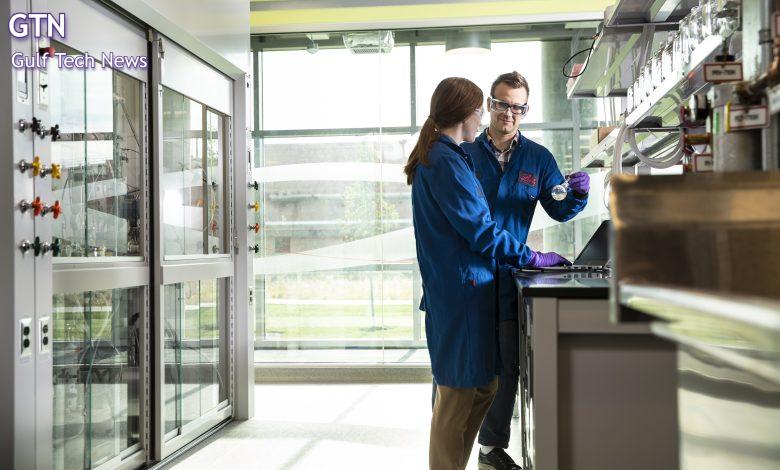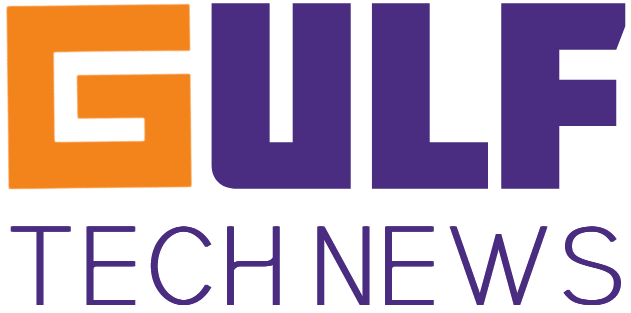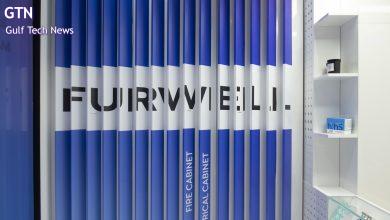Lilly’s oral GLP-1, orforglipron, showed compelling efficacy and a safety profile consistent with injectable GLP-1 medicines, in complete Phase 3 results

The investigational once-daily pill lowered A1C by an average of 1.3% to 1.6% across doses, with improvements seen as early as four weeks, in adults with type 2 diabetes
In ACHIEVE-1, orforglipron also led to an average weight loss of 16.0 lbs (7.9%) at the highest dose by week 40 in a key secondary endpoint
The safety profile of orforglipron was consistent with the established GLP-1 class
Eli Lilly and Company announced detailed results from ACHIEVE-1, a Phase 3 trial evaluating the safety and efficacy of orforglipron compared to placebo in adults with type 2 diabetes and inadequate glycemic control with diet and exercise alone. Orforglipron is the first oral small molecule (non-peptide) glucagon-like peptide-1 (GLP-1) receptor agonist, taken without food and water restrictions, to successfully complete a Phase 3 trial.
At 40 weeks, all three doses (3 mg, 12 mg, 36 mg) of orforglipron achieved the primary endpoint of superior A1C reduction. In addition, the 12 mg and 36 mg doses showed clinically meaningful and statistically significant reductions in body weight vs. placebo. In the study, orforglipron had a safety profile similar to the established GLP-1 class, and the most frequently reported adverse events were gastrointestinal-related. The results were presented at the American Diabetes Association (ADA) 85th Scientific Sessions 2025
In the study, orforglipron met the primary endpoint of superior A1C reduction compared to placebo at 40 weeks, lowering A1C by 1.3% to 1.6% from a baseline of 8.0%, for the efficacy estimand.1 In key secondary endpoints, up to 76.2% of participants taking orforglipron achieved the ADA treatment target A1C of <7%, 66.0% achieved an A1C of ≤6.5%, and 25.8% achieved <5.7%, defined as a normal A1C value.2,3 Improvements in A1C were observed as early as four weeks and were accompanied by similar reductions in fasting serum glucose.
In another key secondary endpoint, participants taking the highest dose of orforglipron lost an average of 16.0 lbs (7.9%). While participants in ACHIEVE-1 did not appear to reach a weight plateau, longer-duration trials, such as the ATTAIN trials, will provide a comprehensive evaluation of the safety and efficacy of orforglipron for the treatment of obesity.
“The ACHIEVE-1 trial demonstrated that orforglipron, a novel oral small-molecule GLP-1, achieved clinically meaningful reductions in A1C and body weight over 40 weeks in adults with type 2 diabetes,” said Dr. Julio Rosenstock, senior scientific advisor for Velocity Clinical Research at Medical City Dallas, and clinical professor of medicine, University of Texas Southwestern Medical Center, and lead trial investigator.
“The early onset of glycemic improvement, observed as soon as four weeks, reinforces the therapeutic potential of orforglipron as an effective, oral GLP-1 therapy for early type 2 diabetes treatment. These findings support further investigation in broader populations and longer-duration studies.”
| Full Results | |||||
| Orforglipron 3 mg | Orforglipron 12 mg | Orforglipron 36 mg | Placebo | ||
| Primary Endpoint | |||||
| A1C reduction from baseline of 8.0%i | Efficacy estimand | 1.3% | 1.6% | 1.5% | 0.1% |
| Treatment-regimen estimand4 | 1.2% | 1.5% | 1.5% | 0.4% | |
| Key Secondary Endpointsii | |||||
| Percent weight reduction from baseline of 90.2 kg (198.9 lbs)i, iii | Efficacy estimand | 4.7% | 6.1% | 7.9% | 1.6% |
| Treatment-regimen estimand | 4.5% | 5.8% | 7.6% | 1.7% | |
| Weight reduction from baseline of 90.2 kg (198.9 lbs)i,iii | Efficacy estimand | 4.4 kg (9.7 lbs) | 5.5 kg (12.2 lbs) | 7.3 kg (16.0 lbs) | 1.3 kg (2.9 lbs) |
| Treatment-regimen estimand | 4.2 kg (9.3 lbs) | 5.2 kg (11.5 lbs) | 7.2 kg (15.8 lbs) | 1.5 kg (3.4 lbs) | |
| Percent of participants achieving A1C <7%i | Efficacy estimand | 72.9% | 76.2% | 74.9% | 28.0% |
| Treatment-regimen estimand | 68.1% | 72.9% | 72.7% | 33.0% | |
| Percent of participants achieving A1C ≤6.5%i, ii | Efficacy estimand | 61.5% | 62.3% | 66.0% | 13.5% |
| Treatment-regimen estimand | 56.9% | 58.1% | 61.9% | 14.9% | |
| Percent of participants achieving A1C < 5.7 %iii | Efficacy estimand | 17.7% | 25.8% | 23.9% | 3.8% |
| Treatment-regimen estimand | 16.8% | 23.9% | 21.5% | 3.8% | |
| Fasting serum glucose reduction from baseline of 147.5 mg/dLi | Efficacy estimand | 30.6 mg/dL | 37.4 mg/dL | 37.8 mg/dL | 1.1 mg/dL |
| Treatment-regimen estimand | 30.7 mg/dL | 36.5 mg/dL | 34.7 mg/dL | 10.8 mg/dL | |
iSuperiority test was adjusted for multiplicity.
iiData from the full list of key secondary endpoints are available in the publication.
iiiPercent of participants achieving A1C < 5.7% across all orforglipron doses and body weight for orforglipron 3 mg were not controlled for Type 1 error.
“This convenient once-daily pill with no restrictions on food and water intake could be an option for millions of people with type 2 diabetes who prefer oral medications over injectables,” said Jeff Emmick, MD, Ph.D., senior vice president of product development at Lilly. “The positive ACHIEVE-1 results position orforglipron as a potential treatment option with meaningful A1C and weight reduction, and a safety profile similar to injectable GLP-1 therapies. We look forward to the four remaining global readouts from the ACHIEVE program, as well as results of the ATTAIN program in obesity, and working with regulators to bring this once-daily oral GLP-1 to people around the world.”
The overall safety profile of orforglipron in ACHIEVE-1 was consistent with the established GLP-1 class. The most common adverse events for participants treated with orforglipron (3 mg, 12 mg and 36 mg, respectively) were diarrhea (19%, 21% and 26%) vs. 9% with placebo, nausea (13%, 18% and 16%) vs. 2% with placebo, dyspepsia (11%, 20% and 15%) vs. 7% with placebo, constipation (8%, 17% and 14%) vs. 4% with placebo, and vomiting (5%, 7% and 14%) vs. 1% with placebo.
These gastrointestinal-related adverse events were generally mild-to-moderate in severity, and occurred primarily during dose escalation. Overall treatment discontinuation rates due to adverse events were 6% (3 mg), 4% (12 mg) and 8% (36 mg) for orforglipron vs. 1% with placebo. No hepatic safety signal was observed.
Later this year, Lilly expects to share topline results from ACHIEVE-2, evaluating orforglipron compared with dapagliflozin, and ACHIEVE-3, evaluating orforglipron compared to oral semaglutide, both in adults with type 2 diabetes inadequately controlled with metformin.
ATTAIN-1 and ATTAIN-2, evaluating orforglipron for weight management, will also be shared in the third quarter of this year. Lilly remains on track to submit orforglipron for weight management to global regulatory agencies by the end of this year and for the treatment of type 2 diabetes in 2026.




